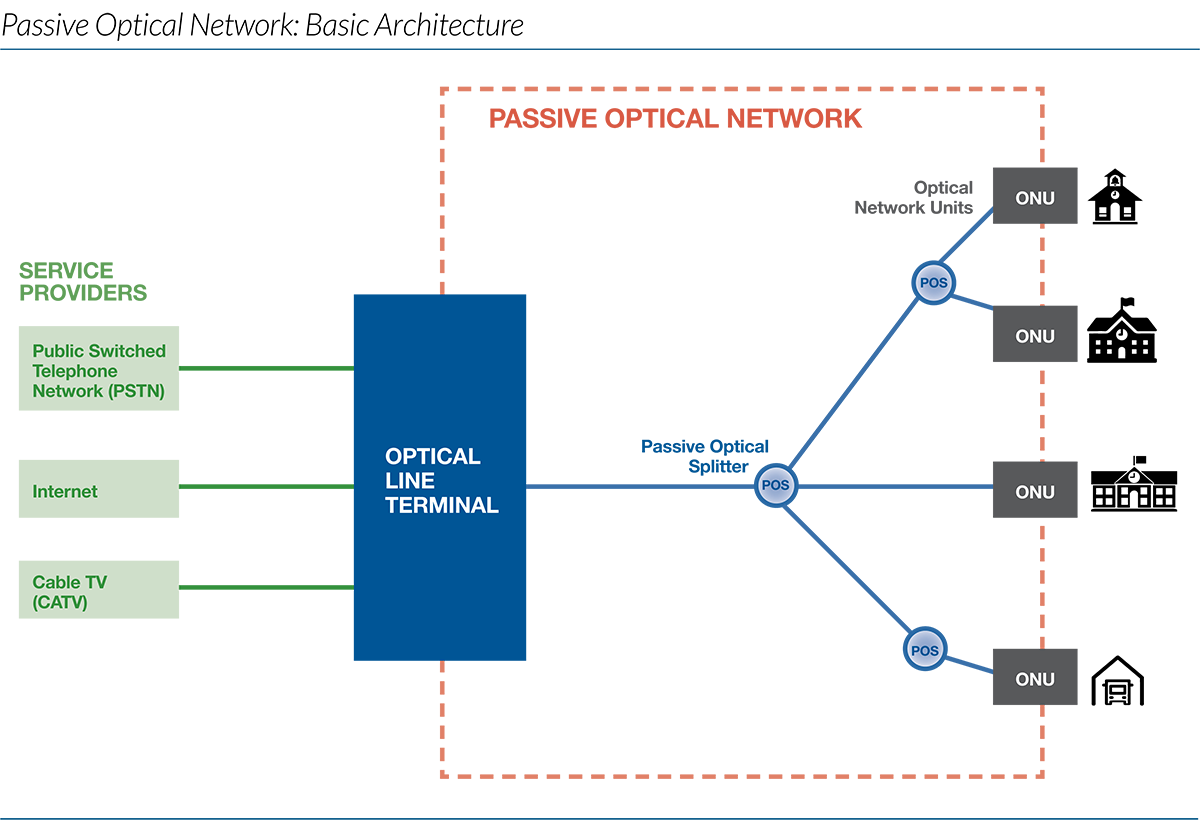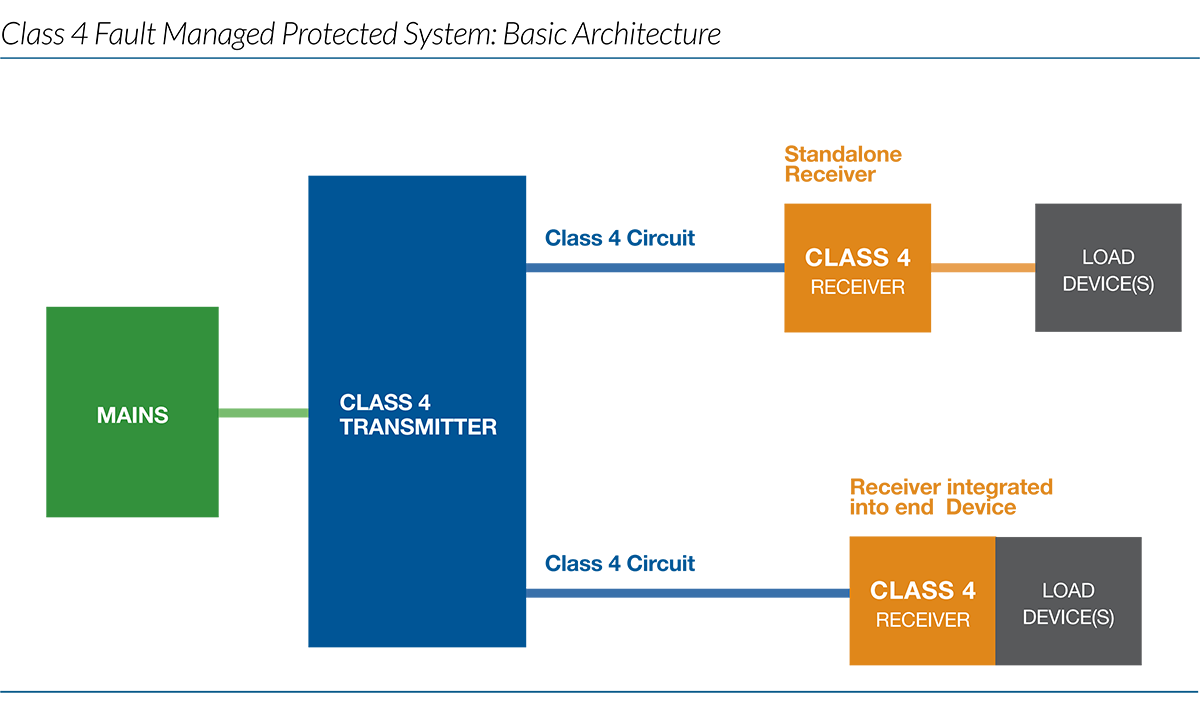The future of K12 Ed Tech Infrastructure: Campus Safety, Passive Optical Networks, and Centralized Power
MasterLibrary
The rapidly changing K12 technology landscape is most apparent in the proliferation of end-point devices that touch almost every aspect of school district operations—from interactive classroom displays and student devices to district-wide communications and safety systems.
But what about the physical infrastructure that delivers the data that enables these devices to communicate with each other? What technology trends are shaping the cables, pathways, and spaces for tomorrow’s school buildings?
As part of their certification renewal process, ML Pro Services’ two Registered Communications Distribution Designers (RCDDs) attended this year’s BICSI Winter Conference in Orlando, FL, the first week of February. And while both Lars Meyris and Gregg Stone were happy to escape an upstate New York winter for a few days, their primary mission was to learn more about upcoming methodologies and trends that will have an impact on K12 systems design and capital planning.
Some of the sessions they attended included:
- Standards, Implementations, and Technical Leaps — Know When to Fold ‘Em and When to Go All In.
- Designing World-Class Cabling Infrastructure for K-12 Schools.
- Next Generation Technology Transforming Campus Safety and Security.
- Evaluating Safety and Compliance: The Role of BICSI RCDDs in Developing Effective in-Building Emergency Communications Systems.
- How Alyssa’s Law is Paving the Way for a Public Safety Revolution in Classrooms.
While each session was filled with technical details, real-world examples, and professional tips, here are Lars’ and Gregg’s top three takeaways from the Conference of which K12 technology stakeholders should be aware. IT Directors, Facility Managers, and district Architects and contractors should all be aware of these upcoming trends.
Note that these are not endorsements of specific solutions but rather emerging trends to consider for the future.
1. Campus Safety systems
K12 Campus Safety systems typically involve a combination of physical security measures such as Access Control systems, Video Surveillance, and Intrusion Detection systems, as well as technological solutions such as Emergency Notification systems and threat assessment software.
As previously discussed in our eBook, Security and Communications systems continue to become increasingly integrated with Access Control systems which are playing a more dominant role.
In-building communications—including eliminating in-building wireless dead zones—was a hot topic at the BICSI Winter Conference. Specific in-building comms technology discussed included:
- Wi-Fi
- Commercial Cellular (LTE/5G)
- Land Mobile Radio
- Emergency Responder Communications Enhancement Systems (ERCES)
In-building public safety communications need to ensure that:
- Mobile 911 calls and texts must be made with accurate location information.
- Mobile Mass Notifications must reach building occupants.
- First Responder Communications must work reliably inside and outside the building.
Related technical considerations include:
- Digital Antenna System (DAS) Head End and Amplifier
- Antennas
- Battery Backup
- Splitters and Couplers
- Cabling and Connectors
In addition to specifiers, designers, integrators and equipment distributors, coordination with first responders and public safety agencies is critical. Other parties with required involvement include the local authority with legal jurisdiction, FCC frequency license holders, and Cellular Wireless Carriers.
2. Passive Optical Networks
Passive Optical Networks (PONs) are a type of fiber optic network that use passive optical splitters to connect multiple users to a single optical fiber. This allows for a more efficient use of fiber optic cables and reduces the need for active networking equipment.
Benefits include eliminating the need for multiple TRs in a building which also greatly reduced cabling installation requirements. Other advantages of PONs include:
- Reduced cost: PONs are less expensive to install and maintain than traditional copper networks.
- Increased bandwidth: PONs can provide higher bandwidth than copper networks, which is essential for applications such as video streaming and online gaming.
- Reliability: PONs are more reliable than copper networks because they are not subject to electrical interference.
Like all emerging technologies, PONs are not for every application based on some inherent disadvantages including:
- Limited reach of about 20 kilometers can make them impractical for long-distance networks.
- PONs can be difficult to scale to large networks due to significant planning and coordination.
Even given these potential issues, expect to see more discussions and deployments of Passive Optical Networks including in K12 campuses.

3. Centralized Power Supplies
As school districts expand their communications system to address more wireless capabilities such as 5G and beyond, the need for safe, effective power delivery becomes greater than ever. While newer Fault Managed Power Systems (FMPS) Class 4 are being used to meet these needs, they bring their own set of challenges to meet design, deployment, and code requirements.
Fault Managed Power Systems (FMPS) Class 4 are advanced power distribution systems designed to provide reliable, efficient power to critical loads in data centers and other mission-critical facilities. Advantages of FMPS Class 4 systems over traditional power systems include:
- Safer delivery of higher power levels over longer distances.
- Reduced complexity in power infrastructure deployment.
- Improve energy efficiency through DC power distribution.
- Support the Increasing power demands of modern applications.
- Reduce capital and operating expenses.
FMPS Class 4 systems also have some disadvantages, including:
- Complex to design and implement requiring specialized expertise.
- Regular maintenance is required to ensure optimal performance.
Overall, FMPS Class 4 systems offer a number of advantages over traditional power systems, making them an ideal choice for data centers and other mission-critical facilities that require reliable and efficient power.

These are just a few of the many technology trends that school districts can expect to encounter in the years ahead. Our thanks to Lars and Gregg for sharing this information.